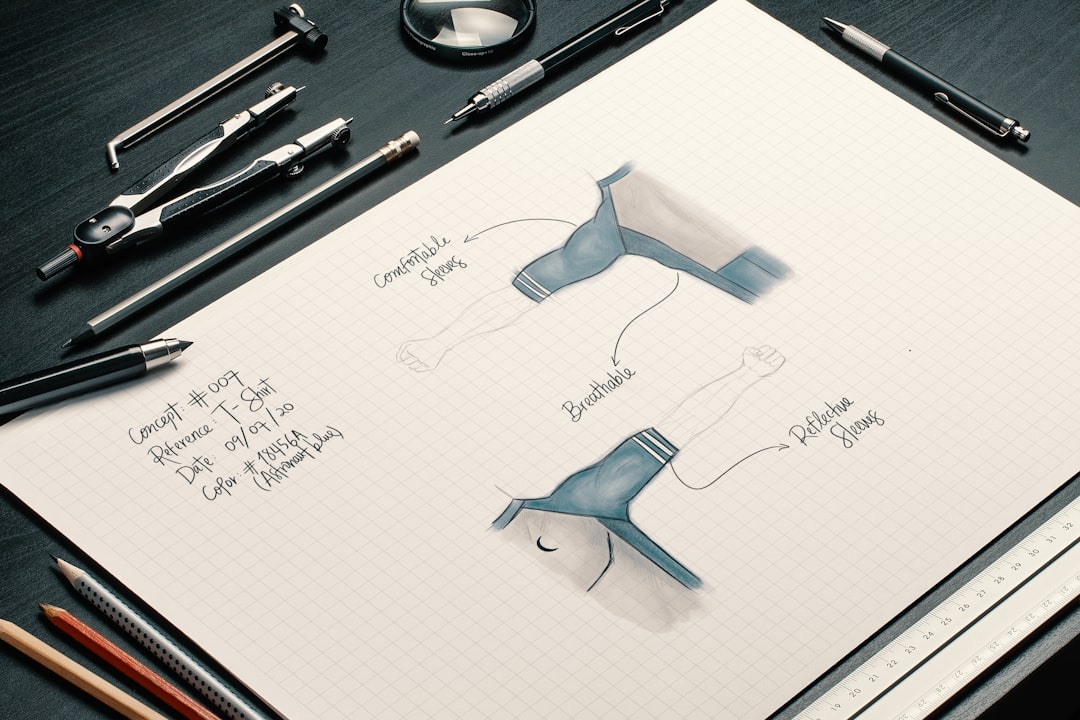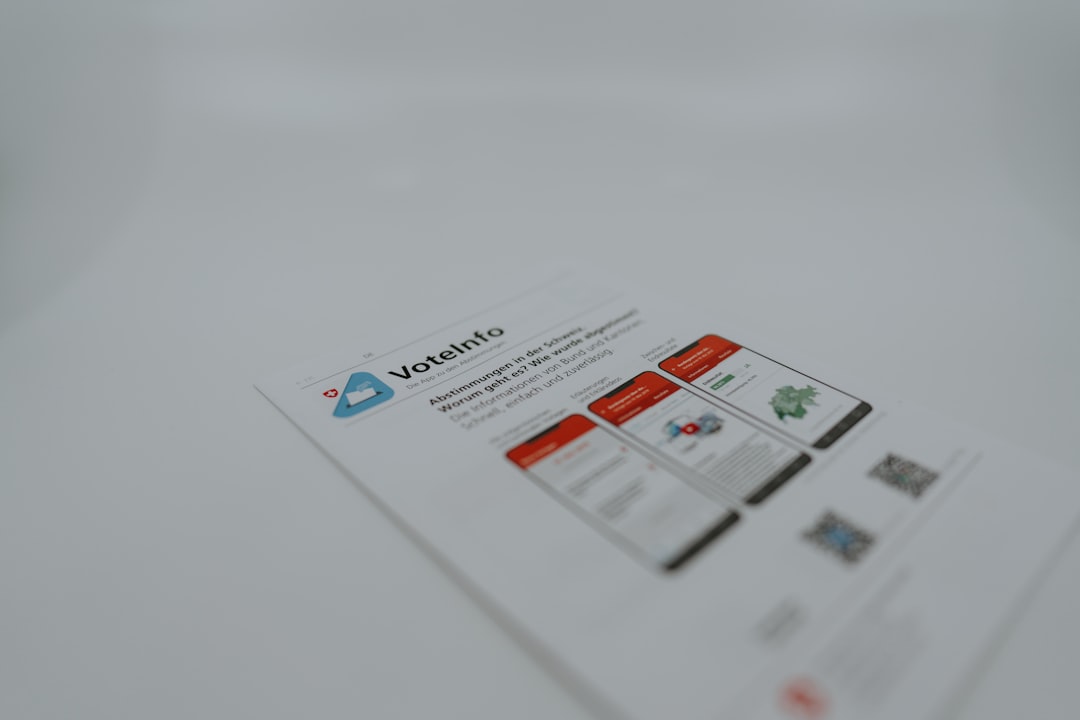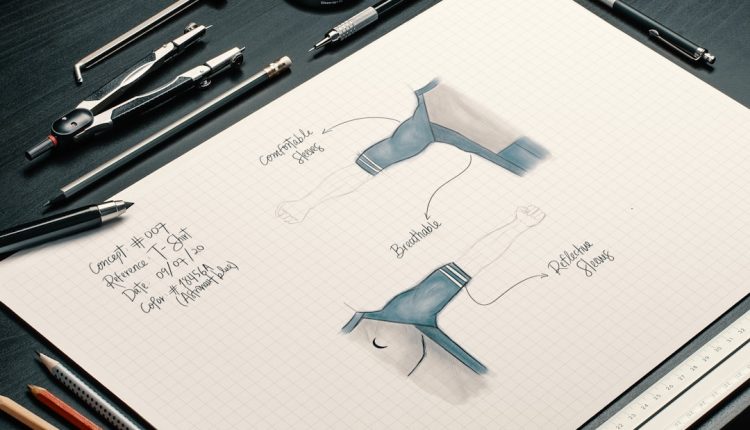When someone lands on a product page — whether they’re browsing hiking boots or SaaS subscriptions — they’re likely asking themselves one simple question: Is this the right product for me? A “helpful” product page answers that question clearly and confidently. It minimizes uncertainty and makes a compelling case for the product, turning a curious visitor into a satisfied customer. But what makes a product page truly helpful?
The most effective product pages combine three key ingredients:
- Specs — the cold, hard facts about what the product does and how it’s built.
- Jobs — an explanation of the real-world problems this product solves.
- Proof — evidence that the product delivers on its promises.
Let’s take a deeper look at each of these components and discuss how you can blend them into a high-converting, high-clarity product experience.
Specs: Giving Shoppers the Technical Truth
Table of Contents
Specifications tell potential buyers the what of your product. These are the precise, unembellished details that let readers understand the components, features, and performance metrics at play. Shoppers—especially tech-savvy or research-driven ones—demand specifics before they take action.
Here’s how to make product specs stand out:
- Organize specs for scanning — Use bullet points, headings, or tables to help users digest technical data effortlessly.
- Stick to real numbers — Avoid vague measurements like “super fast” or “larger” unless you can quantify them (e.g., “0–60 mph in 3.1 seconds” or “25% larger display”).
- Explain obscure terms — Not everyone knows what “IP68 water resistance” means. Consider using tooltips or side notes for jargon.
In essence, good specs don’t just spit out numbers—they frame those numbers in a context that users can understand. You’re not selling a 12 MP camera; you’re selling clarity, detail, and creative control.

Jobs: Explaining What Your Product Helps People Get Done
While specs appeal to logic, answering the “Jobs to Be Done” question resonates on a more emotional and practical level. The Jobs Theory — popularized by legendary Harvard professor Clayton Christensen — suggests that people “hire” products to do specific “jobs” in their lives.
So, what are your customers trying to accomplish when they buy your product? What frustrations, aspirations, or habits are they hoping to shift?
For example:
- People don’t buy noise-canceling headphones for impeccable audio specs alone; they buy them to focus on work during a busy commute or escape into music without distractions.
- They don’t buy fitness trackers just to know their heart rate — they want to build better habits, improve sleep, or even crush their New Year’s goals.
By clearly mapping your product to the specific “jobs” your audience is trying to complete, you align your offerings with their priorities. This is especially powerful when:
- You use scenarios and personas that reflect real use cases (e.g., “Designed for freelancers managing multiple clients” or “Perfect for weekend campers who need off-grid power”).
- You show before-and-after transformations — What was life like before the product? How is it better now?
A helpful product page doesn’t expect customers to draw the line between features and benefits themselves. It tells a story—one in which the user is the hero, and your product is the tool that helps them overcome challenges and achieve success.
Proof: Building Trust and Closing the Gap
If Specs and Jobs provide logic and relevance, Proof provides confidence. It reassures potential buyers that your product works — not just in theory but in the messy, unpredictable reality of people’s lives.
There are several types of “proof” that can make a product page convincingly helpful:
- Customer Reviews & Star Ratings — Always a solid foundation. Include both positive highlights and specific critiques; transparent reviews earn trust.
- Testimonials and Case Studies — Go deeper than “love this!” Highlight real customers, their goals, and how your product helped them succeed.
- Data-Driven Results — Demonstrate measurable impact with statistics or performance metrics (e.g., “Reduced energy costs by 30% in 3 months”).
- Media Coverage or Endorsements — Quotes from publications or influencers can also strengthen credibility.
- Ultraspecific Visual Evidence — Before/after photos, screenshots, or time-lapse videos of the product in action.
Don’t forget that social proof isn’t just about volume — it’s about relevance. The right testimonial from someone who shares your buyer’s goals or job can be more persuasive than 100 generic reviews.

Threading It All Together
Independently, Specs, Jobs, and Proof are each useful. But together, they form a cohesive product narrative — one that engages, informs, and reassures. Here’s how the three fit together visually and conceptually on a well-designed product page:
- Headline + Tagline: Highlight the major “Job” solved — e.g., “Stay Focused Anywhere” or “Stress-Free Mornings Start Here.”
- Hero Image or Video: Provide visual proof — who uses it, how it’s used, what success looks like.
- Lightweight Specs: Immediately accessible short spec lists for quick validation.
- Detailed Specs Section: Deeper dive for comparison shoppers or tech enthusiasts.
- Real-World Use Cases: Address specific Jobs — segment by scenario or problem.
- Testimonials/Star Ratings/Case Studies: Human stories turn abstract benefits into relatable journeys.
- Calls to Action: Invite them to get started, try now, or continue learning with confidence.
What ultimately separates helpful product pages from average ones is not clever marketing copy. It’s the intention to serve the customer—whether they’re ready to buy now or just doing early research. These pages meet users where they are, answer their questions, and help them feel seen, heard, and smart for taking the next step.
A Few Real-World Examples to Inspire
Let’s briefly look at a few companies that strike a good balance of Specs, Jobs, and Proof:
- Oura Ring: Combines science-backed Specs (sleep metrics, sensors, materials) with lifestyle-driven Jobs (better sleep, recovery scoring) and Proof (reviews from elite athletes, healthcare professionals).
- Basecamp: Their SaaS product page outlines exactly what you’re hiring the tool to do (manage remote team projects), while layering in Proof like user testimonials and transparent pricing models.
- YETI Coolers: Their product pages mix tough Specs (rotomolded, bearproof) with Jobs (keep ice for 5 days while camping in the desert), plus Proof in the form of adventure photos and user stories.
What do these have in common? They don’t expect one element — like a flashy video or long spec sheet — to do all the work. Instead, they present clear, compelling layers of messaging, allowing each kind of buyer to find the info that matters to them.

Conclusion
There’s no magic formula, but if you want to build trust, engagement, and ultimately sales, prioritizing helpfulness is the way forward. That means a blend of:
- Specs to provide substance
- Jobs to give purpose
- Proof to build belief
When your product pages are built on those pillars, you give your audience more than a description — you give them a reason to click “Buy.”

